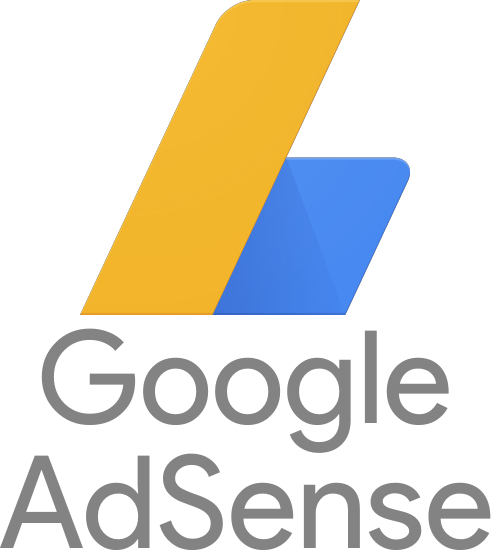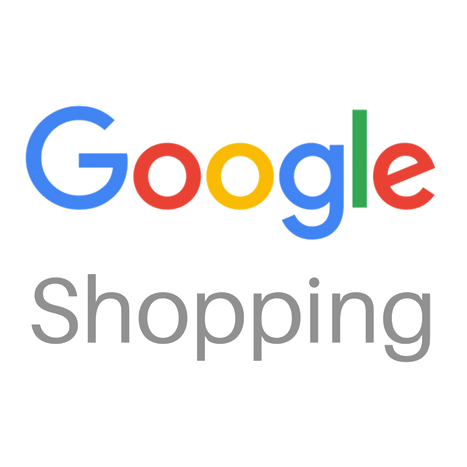I Make $8K/Month Handling Email Marketing For 6-Figure Ecommerce Brands
Hello! Who are you and what business did you start?
Hi, my name is Danavir Sarria and I’m an eCommerce marketing consultant. I run 3 businesses including SupplyDrop, Rooftop Squad, and DanavirSarria.com. The focus for this article is SupplyDrop, which I consider to be my “flagship” business.
SupplyDrop is an eCommerce email marketing agency based in Miami, FL. We help scale 6, 7, and 8 figure eCommerce brands with full-service email marketing services. Some of our past clients include Kettle & Fire, Lensabl, Verb Energy, Fangoria, Drink02, Australian Face Masks, Cup & Leaf, SoShape, and

Download the report and join our email newsletter packed with business ideas and money-making opportunities, backed by real-life case studies.

Download the report and join our email newsletter packed with business ideas and money-making opportunities, backed by real-life case studies.

Download the report and join our email newsletter packed with business ideas and money-making opportunities, backed by real-life case studies.

Download the report and join our email newsletter packed with business ideas and money-making opportunities, backed by real-life case studies.

Download the report and join our email newsletter packed with business ideas and money-making opportunities, backed by real-life case studies.

Download the report and join our email newsletter packed with business ideas and money-making opportunities, backed by real-life case studies.

Download the report and join our email newsletter packed with business ideas and money-making opportunities, backed by real-life case studies.

Download the report and join our email newsletter packed with business ideas and money-making opportunities, backed by real-life case studies.

























